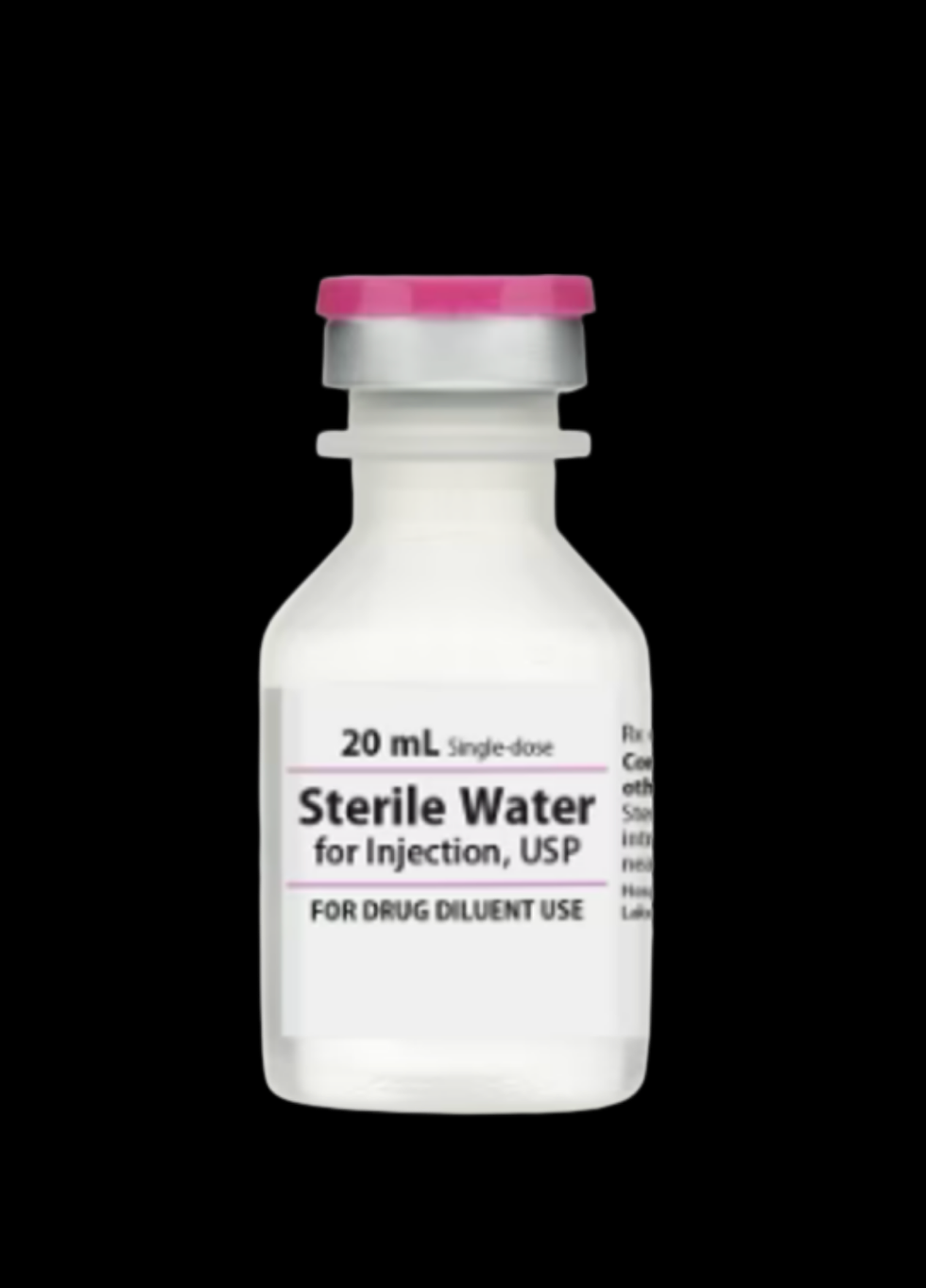Form: Lyophilized powder
Purity: >99%
KISSPEPTIN is a gene that is considered to suppress metastases of melanomas and breast carcinomas, thereby inhibiting abnormal cell growth and potentially preventing cancer. Initially considered to be a metastasis suppressor, Kisspeptin-10 was later suggested to possess a different expression profile, which may potentially allow it to function on the hypothalamus and pituitary gland, thereby impacting the reproductive system.
KISSPEPTIN 10 MG
GPR54, also called the KISS1 receptor (KISS1R), has been suggested by researchers to be an important GnRH receptor. They further suggest that Kisspeptin-10 exhibits action by possibly binding to GPR54 receptors, which may activate the reproductive axis by stimulating the release of GnRH and gonadotropin neurons.
Kisspeptin-10 is a 54 amino acid peptide which is considered to be a product of the KISS1 gene. Researchers have isolated smaller peptide fragments such as Kisspeptin 10, 13, and 14, which all have been suggested to possess some biological activity towards GPR54. These smaller peptides have been posited to bind with a low affinity to the GPR54 receptors and possibly stimulate calcium mobilization, arachidonic acid release, and extracellular protein kinase phosphorylation. These events may depolarize the Kisspeptin-10 neurons, possibly leading to the depolarization of the GnRH neurons and modulating gonadotropin release, to some extent.
Research studies on Kisspeptin-10 have explored its potential in a wide variety of functions and impacts, and several hypotheses have been presented on the peptide's possible mechanisms of action, including some notable hypotheses below:
- That the Kisspeptin-10 peptide may potentially stimulate GnRH release;
- The peptide may potentially stimulate endogenous gonadotropin release in less-fertile animal models;
- Peptide concentrations may possibly induce desensitization and suppression of the hypothalamus, pituitary gland, and gonadal axis.
Chemical Makeup
Molecular Formula: C63H83N17O14
Molecular Weight: 1302.4 g/mol
















